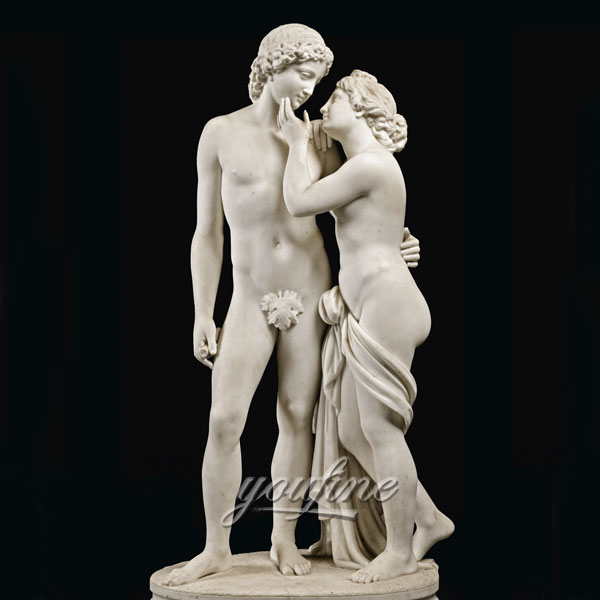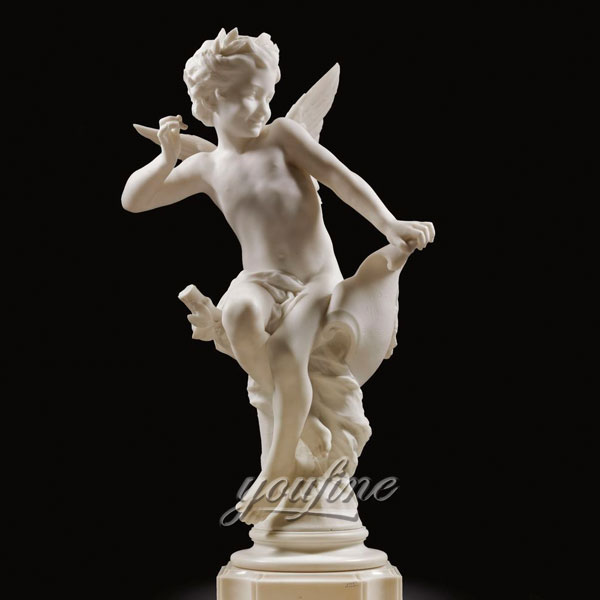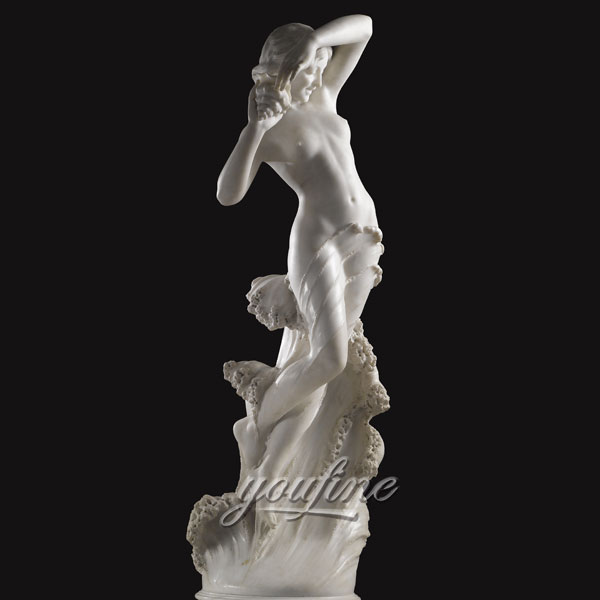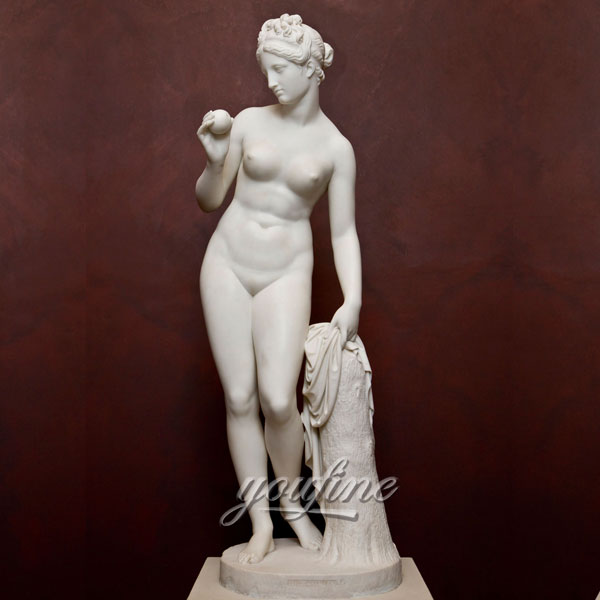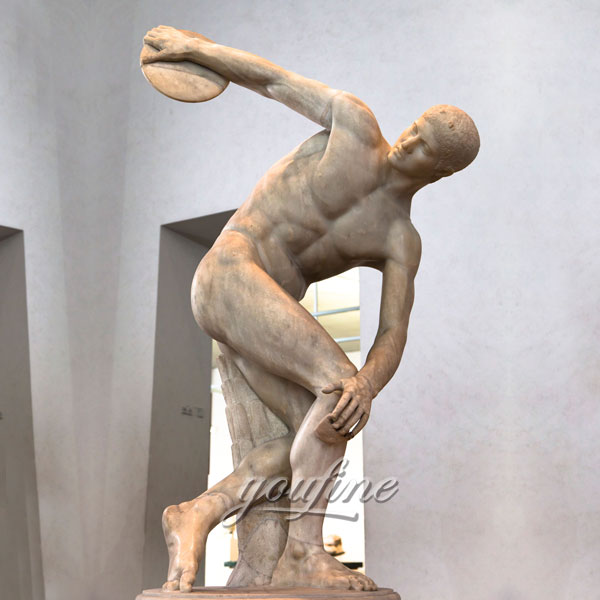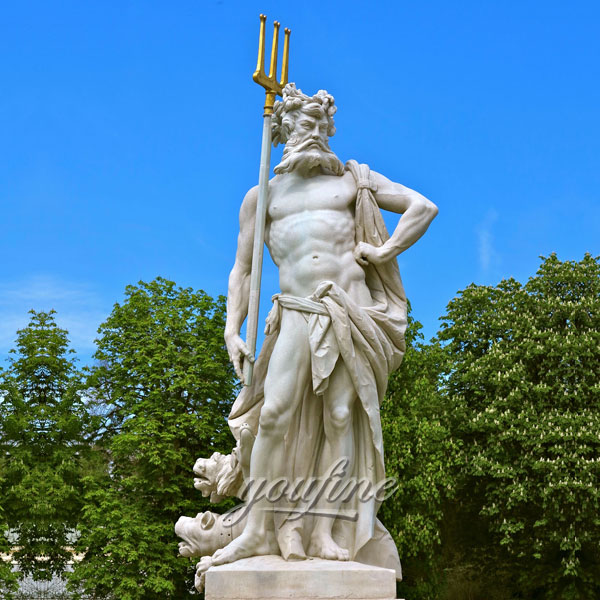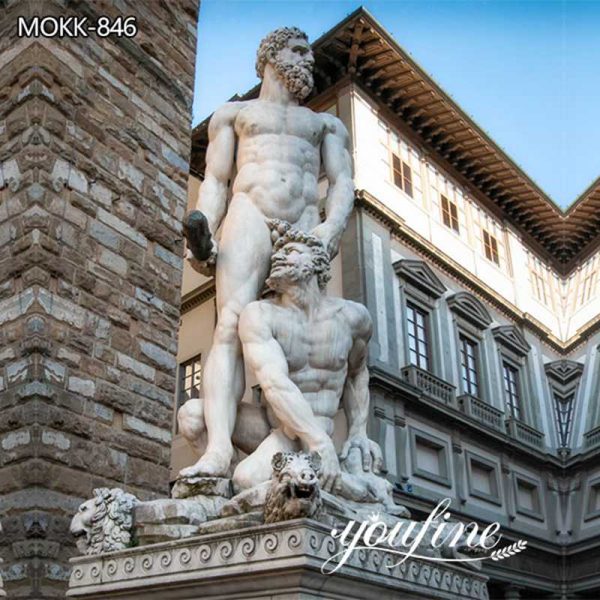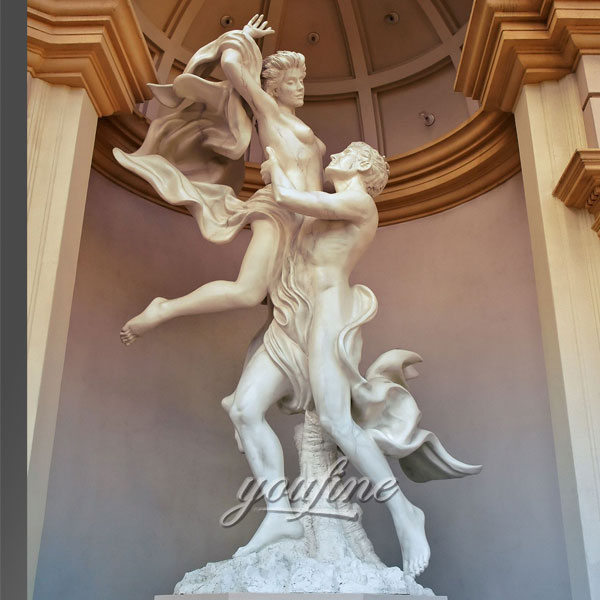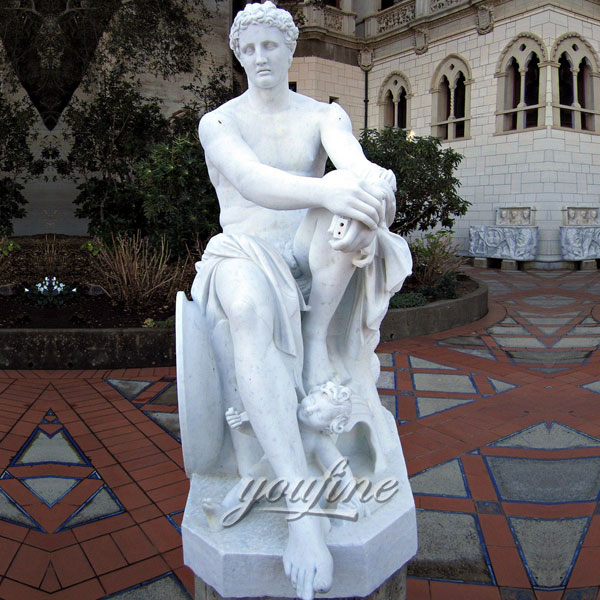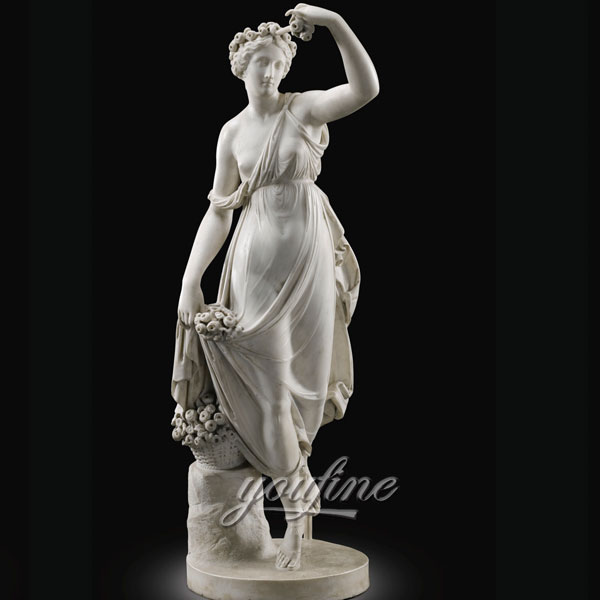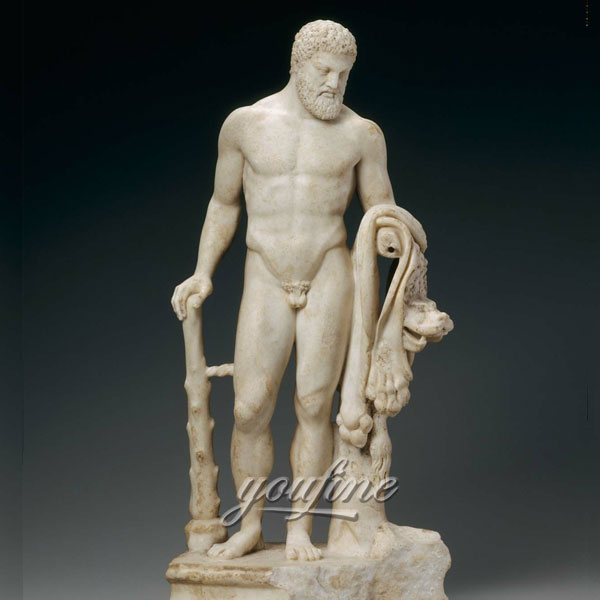Message
famous Sydney Hyde park marble statues life size greek sun god Apollo large famous statue
Sun God Statue Suppliers, all Quality Sun God Statue ...
Sun God Statue, Sun God Statue Suppliers Directory ... Apollo Greek Sun God Marble Bust NSMB1955. ... famous Sydney Hyde park bronze statues life size greek sun god ...
Famous God Paintings, Famous God Paintings Suppliers and ...
... Large Paintings Cheap ... Famous Marble Statues | Ganesha Stone Statue ... famous Sydney Hyde park bronze statues life size greek sun god Apollo.
World's Columbian Exposition - Wikipedia
The World's Columbian Exposition ... Hyde Park and Woodlawn. ... The fair included life-size reproductions of Christopher Columbus' three ships, ...
British Museum - Wikipedia
... ambassador to the Ottoman Empire from 1799 to 1803 removed the large collection of marble ... Group of life-size archaic statues ... depicting the sun-god ...
Waymarking - A scavenger hunt for unique and interesting ...
Welcome to Waymarking.com! Waymarking.com will provide you with the tools to share and discover unique and interesting locations on the planet.
Museum of London - Official Site
Discover the history of London at the Museum of London. We tell the story of the world's greatest city and its people. From prehistoric times to the present day.
The Nuttall Encyclopædia/T - Wikisource, the free online library
... Lord Grosvenor of premises in Hyde Park ... celebrated by the Greek poets as a favourite haunt of Apollo and ... marble statue of the ...
Jobs search - Germany | Expatica Germany
Founded in 1996, StepStone is one of the most successful online job board businesses in Europe today. With over 37 million visits and more than 310,000 job listings each month, we opera...
Harrison, Mrs. Burton, 1843-1920. Recollections Grave and Gay
Recollections Grave and Gay: Electronic Edition Harrison, Mrs. Burton, 1843-1920
The World of Mime Theatre * Library * History of Mime
The following work, originally published in London in 1901, is presented here in its entirety. The book, in its later chapters, increasingly discusses the history of what is now known commonly as English Pantomime, or Panto—a form of Mime that differs significantly from the modern forms that emphasize non-verbal expression.




